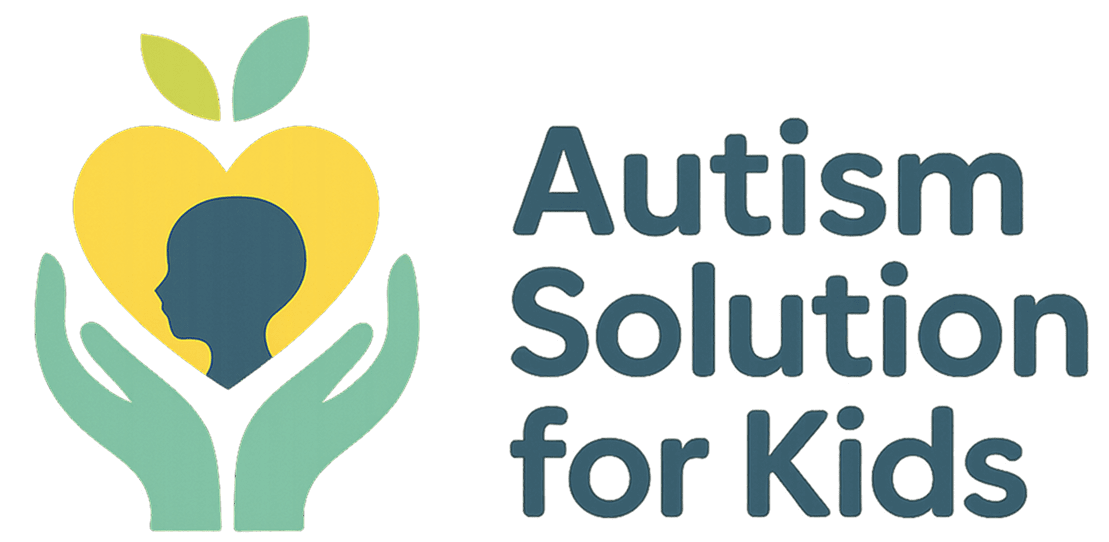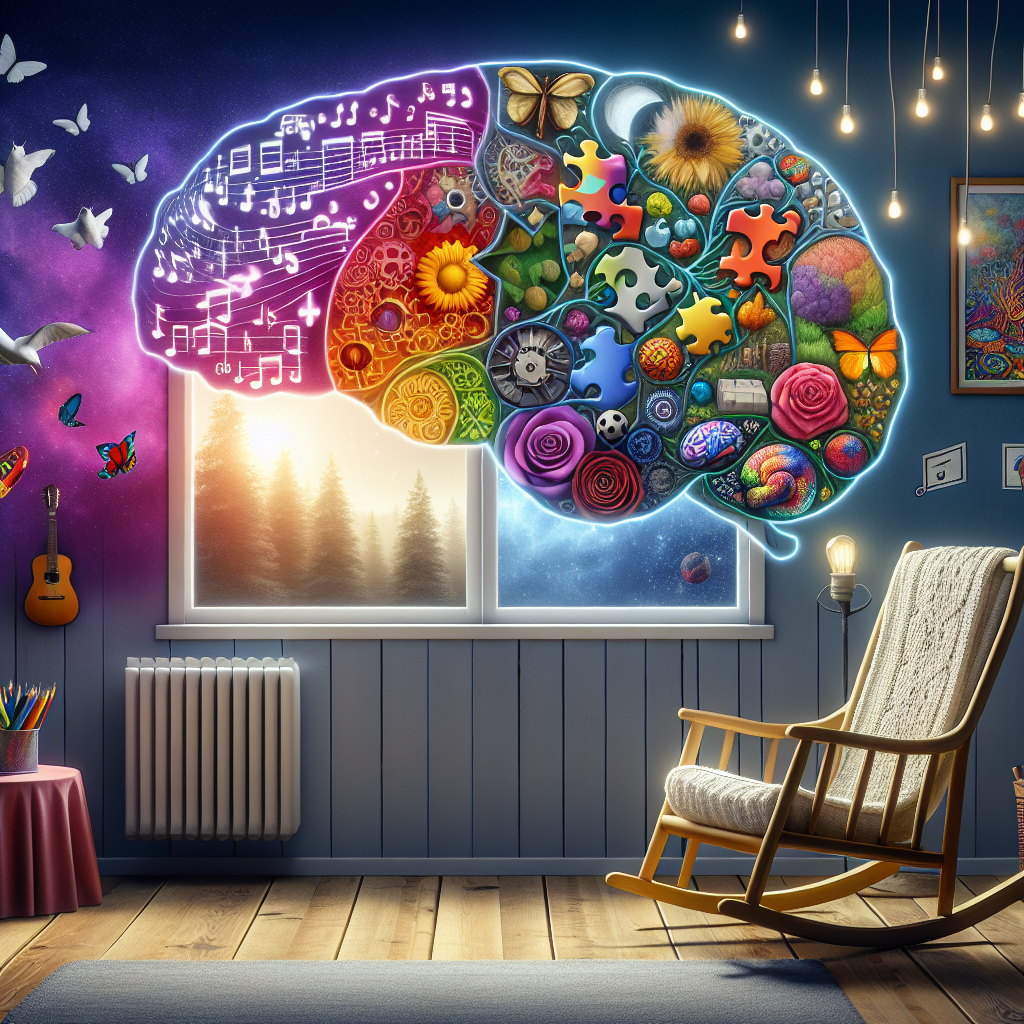What Do Autistic People Struggle with the Most?
Discover what autistic individuals struggle with the most! Uncover challenges in communication, social interaction, and sensory overload. Read more!
Understanding autism is a journey that often leads us to confront a wide variety of challenges that individuals on the spectrum face daily. Autism Spectrum Disorder (ASD) is a complex neurological and developmental condition that affects how a person thinks, interacts, and experiences the world. While each individual is unique, many autistic individuals experience specific struggles that can impact their daily lives and well-being. So, what do autistic people struggle with the most?
In this article, we’ll dive deep into the common challenges faced by autistic individuals, exploring areas such as communication, sensory sensitivities, social interactions, changes in routine, and mental health. By highlighting these struggles, we hope to foster understanding and compassion, enabling those around autistic individuals to provide better support and create more inclusive environments. Let’s explore these challenges and discover how we can navigate them together!
Communication Challenges in Autism
One of the most significant areas of struggle for many autistic individuals lies in communication. When we ask, ‘What do autistic people struggle with the most?’ communication deficits usually feature prominently. A person’s ability to express themselves verbally or non-verbally can be impaired due to the intricacies involved in understanding social nuances, tone, and context.
For some, verbal communication mechanics can pose challenges, leading to speech delays or nonverbal communication methods. Others might find it difficult to grasp idioms, slang, or figurative language, interpreting words literally instead. This struggle to communicate can lead to frustration, not only for the individual but also for friends and family members trying to connect with them.
For instance, imagine trying to express a thought but only receiving blank stares in return. It can feel incredibly isolating. Nonverbal cues, such as eye contact and body language, often serve as crucial elements in communication, but for people on the autism spectrum, these can be significantly challenging. As a result, they may become anxious or withdraw from conversations altogether.
Furthermore, some autistic individuals experience echolalia, where they repeat phrases or sentences they’ve heard before, often without understanding the meaning behind them. This can severely limit their ability to engage in meaningful conversations, contributing to feelings of isolation.
On the flip side, those who are nonspeaking may use alternative communication methods, such as sign language or communication devices. This brings us to the importance of understanding these challenges and recognizing that effective communication involves more than just spoken words.
Ultimately, acknowledging these communication challenges can help us create supportive environments that facilitate better interaction and understanding. By learning how to communicate effectively, we can bridge the gap between autistic individuals and the rest of the world.
Social Interaction and Relationship Difficulties
When pondering what do autistic people struggle with the most, we can’t overlook the challenges faced in social contexts. Social interactions often feel like a convoluted dance—where the rhythms and guidelines seem foreign or altogether incomprehensible. For many individuals with autism, social rules can be nebulous, leading to misunderstandings and confusion.
Individuals with autism may grapple with both initiating and maintaining friendships. Some may find it challenging to read social cues or interpret emotions in others. Imagine being at a party and not being able to pick up on subtle signs of discomfort in someone’s body language or facial expressions. This disconnect can make social settings feel overwhelming and intimidating.
The spectrum nature of autism means some may be highly intelligent and verbal, excelling in academic or logical pursuits, but struggle profoundly with social settings. For instance, they might dominate discussions about their interests but seem oblivious to others wanting to engage in a more balanced exchange.
Social anxiety can further compound these difficulties, making the prospect of initiating conversation feel daunting. The fear of saying the wrong thing or being judged may lead some individuals to withdraw entirely from social situations, preferring a solitary environment over a setting filled with the complexities of human interaction. As friends or family, understanding this anxiety is crucial, as it can help us support our loved ones rather than inadvertently push them toward uncomfortable scenarios.
Moreover, relationships—both platonic and romantic—can pose unique challenges. Autistic individuals might struggle with picking up on the subtleties of flirting or expressing their feelings, making the pursuit of relationships feel particularly daunting. There’s also a fear of rejection that can frequently deter them from seeking out connections altogether.
Thus, social interaction difficulties exemplify how the question ‘What do autistic people struggle with the most?’ encompasses not only personal challenges but also the societal perceptions that can complicate these challenges further. However, awareness and acceptance can foster environments where autistic individuals feel safe to express themselves and build authentic connections.
Sensory Overload and Environmental Sensitivities
Beyond communication and social interaction, sensory overload is another prominent struggle for those on the autism spectrum. Many autistic individuals have neurological differences in sensory processing, leading to heightened sensitivities to stimuli like sound, light, texture, or smells. When seeking to answer the question ‘What do autistic people struggle with the most?’, sensory overload is often a key contender.
Picture walking into a bustling café—loud music, clattering dishes, baristas shouting orders, and the smell of various foods mixing in the air. For an autistic individual, this vibrant environment can become a cacophony, triggering discomfort or anxiety. In such situations, what might simply be a lively background noise for many can feel like an assault on the senses for them.
It’s essential to grasp that sensory overload can manifest in various ways, from irritability to panic attacks, making it essential to recognize and accommodate individual sensitivities. Some individuals may prefer to spend time in quieter spaces or wear headphones to diminish overwhelming sounds. Others may feel comforted by specific textures or deeply dislike certain fabrics against their skin.
Offensive smells, like strong perfumes or chemical scents, can also exacerbate their discomfort. Understanding and identifying these triggers is crucial for families and caretakers, allowing them to create more accommodating environments. For example, having a quiet room available during family gatherings can help autistic individuals recharge when the sensory input becomes too overwhelming.
Furthermore, all these sensory experiences can lead to substantial stress and anxiety for autistic individuals, harming their overall mental well-being. When they can’t escape overwhelming stimuli, it can negatively impact their ability to engage with others or enjoy everyday activities. Thus, attention to sensory experiences forms an essential aspect of addressing the question, ‘What do autistic people struggle with the most?’
Overall, we can support autistic individuals by acknowledging and accommodating their sensory needs, creating spaces for them to thrive and feel comfortable.
Changes in Routine and Unexpected Transitions
Another challenge that many individuals on the autism spectrum face involves changes in routine and unexpected transitions. Most people can attest to the anxiety that can arise from sudden changes in plans, but for autistic individuals, these transitions may evoke an even stronger reaction. When considering what do autistic people struggle with the most, this aspect is vital, as it often directly impacts their overall stability and mental health.
Routine provides comfort and predictability. For many autistic individuals, having a structured schedule allows them to navigate their day with decreased anxiety. When disruptions occur, whether due to unexpected events, travel, or societal changes, it can lead to emotional upheaval, stress, and confusion. Imagine waking up to find that your flight has been canceled, and all your well-laid plans have gone awry—some autistic individuals can respond with profound distress to what many may consider merely an inconvenience.
Moreover, unexpected changes in environment or routine can intensify feelings of maladjustment or insecurity. New situations may induce anxiety or overwhelm, stemming from fear of the unknown. As simple as it may seem to those not on the spectrum, transitioning from a familiar environment—such as a home or school—to an unfamiliar one can feel like a daunting prospect.
To provide support, caregivers and families can work to establish predictable routines, even within regular activities. For example, using visual schedules can help many individuals prepare for changes they will encounter throughout the day. Addressing and accommodating these challenges enables those around autistic individuals to facilitate a smoother transition during potentially distressing times.
Overall, establishing a supportive atmosphere for autistic individuals can lead to better coping mechanisms, enhancing their overall quality of life.
Mental Health Considerations and Emotional Regulation
Mental health struggles are intertwined with many of the previous challenges we’ve discussed, and they’re another area to consider when asking, ‘What do autistic people struggle with the most?’ Many individuals on the spectrum face increased risks of anxiety, depression, and other mental health conditions, often exacerbated by their unique struggles with communication, social interaction, sensory overload, and unpredictable changes.
For instance, feelings of isolation due to social interaction difficulties can lead to increased anxiety and depression. The societal pressures placed upon individuals with autism to conform to behaviors that may feel unnatural for them only add to the emotional weight they carry.
Many autistic individuals also experience emotional dysregulation, where they find it challenging to manage or express their feelings appropriately. This can manifest as meltdowns or shutdowns, which stem from overwhelming emotions or situations. The frustration of feeling misunderstood or unable to articulate experiences can compound their emotional turmoil.
Connecting with a mental health professional who understands autism can be vital for navigating these complex emotional landscapes. Therapeutic approaches, such as cognitive-behavioral therapy (CBT), have proven beneficial for many individuals on the spectrum, helping them develop effective coping strategies.
It’s crucial for caregivers and family members to remain attuned to the mental health needs of their loved ones. Advocating for appropriate resources and interventions can pave the way for an individual’s emotional wellness, empowering them to thrive despite the various challenges they may face.
As we consider the overarching theme of our discussion, we see that mental health is an ever-reliable backdrop against which the other struggles unfold. Recognition and support in this area lead to holistic growth and a brighter future.
In conclusion, the question of ‘What do autistic people struggle with the most?’ invites us to explore a myriad of challenges. From communication barriers to mental health considerations, autistic individuals navigate a world that often feels overwhelming and isolating. Understanding these struggles fosters empathy and awareness in our communities, encouraging us all to create a more supportive and inclusive environment, allowing individuals on the spectrum to thrive. Remember, the key to meaningful relationships and interactions lies in our willingness to understand, listen, and adapt.
FAQs
1. Are all autistic individuals the same in their struggles?
No, autism is a spectrum, meaning that individuals can experience a wide range of challenges and strengths. Each autistic person may have different difficulties, as well as unique skills and perspectives.
2. Can autistic individuals have successful careers?
Absolutely! Many autistic individuals thrive in various workplaces, particularly in areas where their unique skills and interests align with job demands. Supportive work environments and understanding colleagues contribute to their success.
3. What resources are available to help autistic individuals?
Numerous resources exist, including support groups, counseling services, advocacy organizations, and educational resources geared towards helping autistic individuals navigate their challenges.
4. How can families support autistic individuals?
Families can provide support by promoting understanding, maintaining routines, being patient with communication, and creating sensory-friendly environments. Open communication is key to navigating daily challenges together.
5. What are some effective interventions for autism?
Interventions vary based on individual needs but may include speech therapy, occupational therapy, social skills training, and cognitive-behavioral therapy (CBT). Early intervention is often crucial for maximizing progress.





